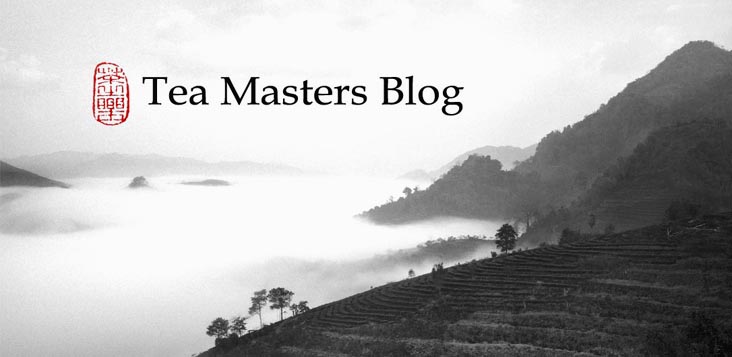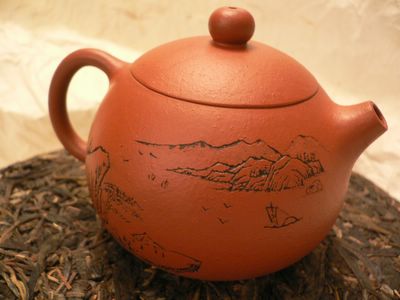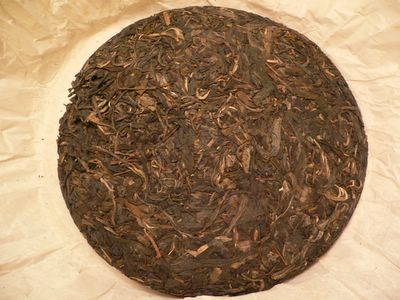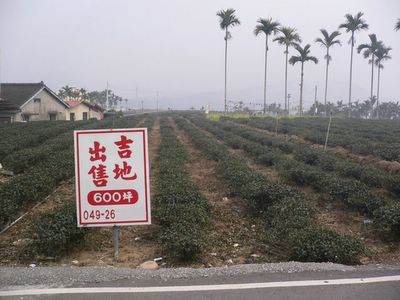Some further thoughts about the differences between wine and tea tasting.
The 'job' of a tea master is much more complex than a wine taster. There are more different skills to master than taste. Bottled wine is finished product that just needs to be served in the right glass at the right temperature. Stored wine will evolve through time, but simple precautions (cool, dry, clean cellar) are enough not to age it properly. Wine bottles have a label identifying where, when, by whom and of what it is made.
Tea, on the other hand, comes in the form of dry leaves in a bag. It is a semi-finished product. You have to go through the process of brewing. To do so, you will have to choose good water, its temperature, the right teaware, the tea quantity, the length between the steeps... There are so many parameters that it's no surprise that two people brewing the same tee will get different results.
Tea storage is also quite tricky. Some teas will loose their freshness quickly, others can be stored 20 to 40 years (but they may need some 'roasting' to eliminate accumulated humidity). Some merchants employ therefore special 'roasting' techniques that can improve the taste of their tea. Such techniques often remain family trade secrets...
And finally, loose tea leaves are always sold by stores with the store's name, not the producer's. You never get the full detail about the exact address of the producer and his tea plantation, the altitude, the season of harvest, the degree of fermentation... All you know is the country and a rough description of the kind of tea (Formosa Dong Ding, for example). Only if you are fortunate enough to drive to a tea plantation yourself will you know for sure where the tea is made and get more information from the producer. Without reliable labels, a tea master therefore also has to learn to 'read the tea leaves' to find clues about all these details.
All these differences add to the complexity, the challenge but also the interest of tea tasting. Tea master
Chih Jung Sien, for example, studied tea for 20 years before publishing his
first book about tea.
Also
here a site that makes an attempt to review teas. Unfortunately, it has not been updated since last April... The comments are straightforward enough, and they invented an original scoring system.
















